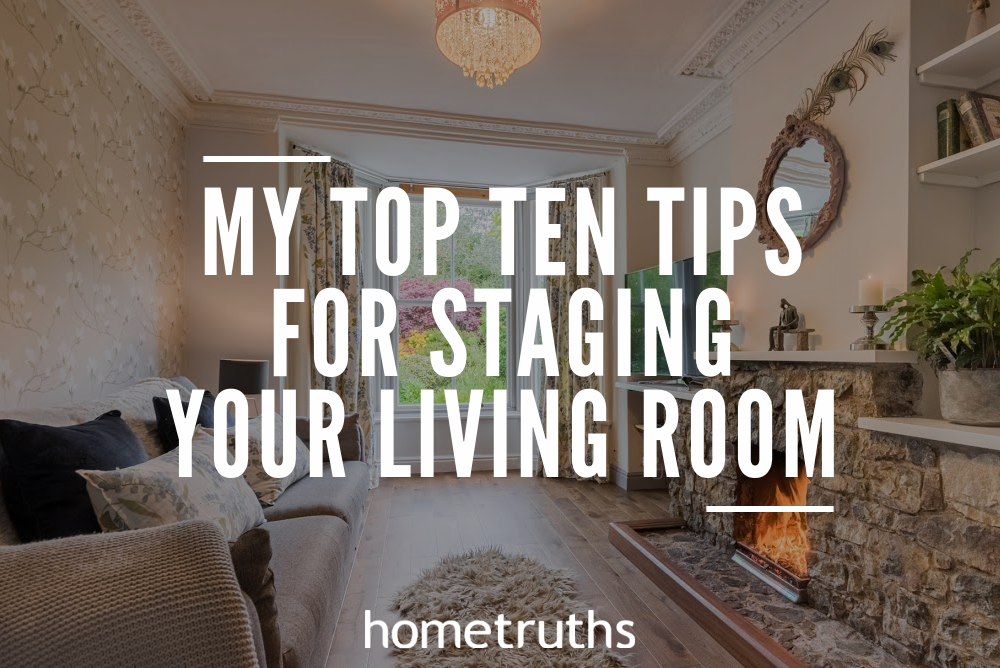Do you know what a Rightmove Property Performance Report is?
Well done those if you do! But if you think it sounds like an investor report, you may want to read on. Particularly if you’re trying to sell your house, and you’ve never been shown this very useful report.
The Rightmove Property Performance Report is available to all those estate agents who use Rightmove.co.uk to advertise their properties. What this report can show is:
- How well your property is ‘performing’ in terms of the number of times it appears in a buyer’s search on Rightmove
- How your property compares with the performance of similar properties on Rightmove
- These statistics over the last week, fortnight or thirty days.
Statistically, there is a direct correlation between the number of times your property listing is clicked on, and the viewings generated on it. So, it’s really important that you get as many clicks as possible.
First things first, ask your estate agent for your Rightmove Property Performance Report.
This is data your estate agent has access to, inside the Rightmove console. If they are not using Rightmove, they will be able to access similar statistics within Zoopla, On the Market or Prime Location. Property listings with images and floorplans, that are updated regularly, have the best performance metrics on Rightmove and the other portals. This Report also shows the number of times your property listing was clicked on over the last 7, 14 or 30 days, together with a comparable against the previous period. Additionally, this statistic can be compared against similar property listings on Rightmove, so you can see whether your property advert is competing well or not. A ‘similar’ listing is typically what a searcher would see alongside your property when they search on Rightmove, and therefore could be considered as your ‘competition’.
If your home listing is not performing or competing well, it could be a strong indicator of the reason you’re not getting viewings on your house. Here’s my checklist to try, before you rush to reduce the price on a house that’s not getting interest:
- Check your photographs – do they really show your home at its best, and are they up to date? If your outside images reflect a different season than the current one, ask your estate agent to re-photograph your house and garden. Then check your next performance report to see if your numbers have increased.
- Revisit your property description. Firstly, draw up a profile of the kind of person you think is most likely to buy your home. Age, status, motivation for moving, and so on. Then write down a list of adjectives about your house that you think would most appeal to these target buyers. Look at your property description – does it need rewriting to incorporate these key words? Your agent can help you with this. I’ve changed property listings in the past to better appeal to a family, or to someone looking for a change in lifestyle. Words matter, so make sure your written description best sells the primary features of your home, to the person most likely to be attracted to those features. Kaletra AIDS, HIV, Covid-19 Kaletra official site – Buy Kaletra without a prescription!
- Make sure your listing is complete – eg does it have a floorplan that can be viewed easily, even on a mobile? The best floorplans are colour-coded, able to zoom in on, and include a compass showing the direction of the sun on the house.
If these three steps still don’t improve your listing performance, try these tips:
- Change the main listing property description to just one snappy headline. A question is always eye-catching: eg “wouldn’t you love to watch the sun go down sitting on this balcony?”
- Change the main listing image for one which doesn’t show the property at all, but instead just the front door, or name plate.
- Include some information in the front-page introduction, eg ‘The only home in the Lake District with a well in the downstairs toilet’ (probably best you make your statement truthful)
Before your agent makes any changes to your advert, ask them to produce a report as a benchmark, then compare it in say a week, with the new click-through rate to see if there’s been any improvement in it.
So, if you haven’t seen a Rightmove Property Performance Report before, call your agent right away and ask for yours. If they seem a bit clueless on the subject, you might want to think about finding a new agent. After all, this is the digital age, and informed sellers will always have the edge.
If you’d like my help to sell your home more effectively, please answer a few short questions here and if I think I can help you, I’ll be in touch.
Happy selling!
Sam























